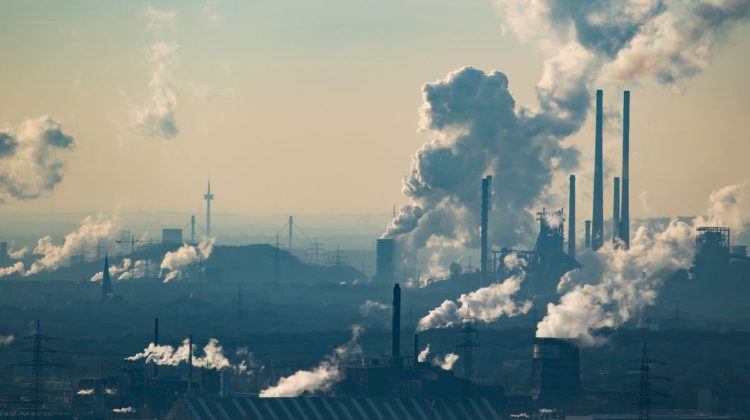
Climate change is the single greatest threat facing our generation. And it isn’t something that’s a long way off, it’s already here, decimating communities across America. We need solutions, and we need them fast.
What is AI
AI has been up-ending our world for the past decade. You have probably heard news stories about artificial intelligence, deep learning, machine learning, neural networks, big data, people who are richer than you, and other fancy terms that sound exciting and futuristic. However, all these terms relate to one revolutionary idea, computers that think like the human brain.
Humans learn by taking in information. The more we learn about something, the better we understand it. We have begun to program computers to mimic these processes. These machines are fed massive amounts of data and are able to find patterns and useful information from it, and while the human brain is still lightyears ahead in terms of problem solving and consciousness, computers can do some things that our brains just can’t.
When you’re considering whether or not to buy a house, you have many factors, or “parameters”, that affect your decision. Color of walls, number of rooms, location, average weather, number of bathrooms, size in square feet, etc. You take into account a lot of parameters when making a decision, perhaps dozens or even hundreds, but you will never come close to the 175 BILLION! parameters that some AI algorithms use. AI algorithms can see patterns and find solutions to problems that have previously been impossible or impractical for humans to solve. It is these solutions that carry the capacity to fight against climate change, to predict the next disaster before it happens, to optimize our energy infrastructure, and to save countless lives.
Prediction
Climate models and weather prediction is a field that AI is particularly suited for. It involves handling huge amounts of data and finding hard to notice patterns. Our climate, and its weather, are really complicated. The weather app on your phone is probably not so accurate more than just a few days out. Now imagine trying to predict how rising temperatures will change our entire planet’s climate over the next few decades. Artificial intelligence algorithms can use their billions of parameters to harness the incredible amount of weather data created every day by the 15 satellites, 700 buoys, 3000 aircraft, 7300 ships, and roughly 10000 land-based stations that we use to collect weather data.
Climate models are very important and can do a lot of good. In 2017 alone, 3 hurricanes did a combined ~$300 billion in damages and killed over 3000 people. With more accurate climate models we can see the places that will be at risk of hurricanes in the future and where we need to prepare. This also goes for flooding, erosion, heat waves, cold waves, potential Godzilla attacks, ect. Better climate models can help us predict how our changing climate will affect the distribution and intensity of these disasters. This will save lives, and more importantly, money.
Optimization
Last year the world used roughly 23 petawatts hours of electricity. If we were to make our energy system 1% more efficient, we would save 230 terawatt-hours and prevent 90 million tons of CO2 from being put into our atmosphere. That’s the equivalent of taking roughly 20 million gas cars off the road each year.
AI can help bring about a new age of energy efficiency. In a report by PWC and Microsoft, it was estimated that AI could cut world greenhouse gas emissions by 4%, and energy needs by 2.2%. This would take a heck of a lot more than 20 million gas cars off the road. This efficiency can come in many forms, some of which don’t even have to use tons of data to make a big difference. Right now, smart thermostats can save you 10% -15% of your thermostat bill simply by not cooling or heating the house when you’re not home by predicting when you will get back.
Big data AI, like the kind used in climate modeling, is also extremely useful. Using massive amounts of data, Google’s DeepMind trained for three years and, subsequently, was able to cut the amount of energy Google used to cool their data centers by 30%. Google also has used big data AI to predict weather forecasts for its wind farms 36 hours in advance. This has led to a 20% increase in their wind energy efficiency. Big data also helps countries figure out how to distribute their network, how much renewable energy and battery packs they will need to cover low production days, and more.
Making something energy efficient isn’t as flashy as building a new power plant or installing a new battery station. However, making these new and old systems more efficient is just as, if not more, important.
Conclusion
In conclusion, while climate change is one of the greatest threats we have ever faced, AI is an incredible tool that we can use to fight it. If your interest has been at all peaked by this, check out our website Professional-Ish. We are a national group of high-school coders and designers who use the power of coding to do epic things. We do weekly coding challenges and live streams that we hope you join. If you want to learn more about AI and computer programming, here are a few resources.
